Larkhall, Avonbank Bleach And Dye Works
Bleach Works (19th Century)
Site Name Larkhall, Avonbank Bleach And Dye Works
Classification Bleach Works (19th Century)
Alternative Name(s) Millheugh; Bleaching And Beetling Machines
Canmore ID 45712
Site Number NS75SE 24
NGR NS 75259 51017
NGR Description Centred NS 75259 51017
Datum OSGB36 - NGR
Permalink http://canmore.org.uk/site/45712

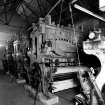
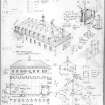
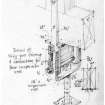
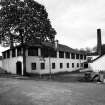
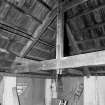
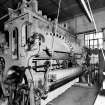
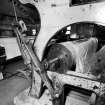
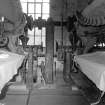
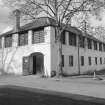
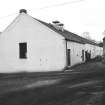
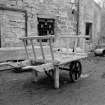
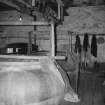
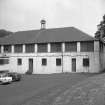
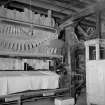
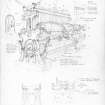


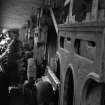
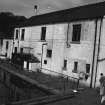


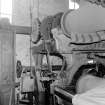
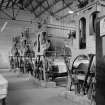
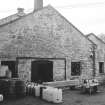
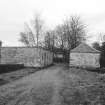
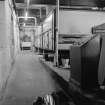
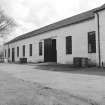
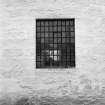
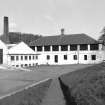
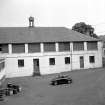
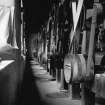

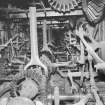


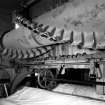
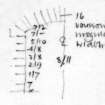
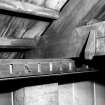
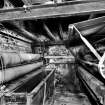
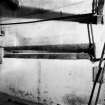
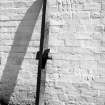
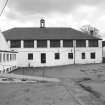
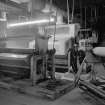
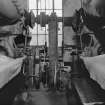
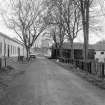
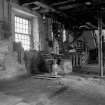

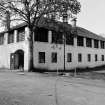
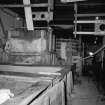
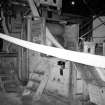
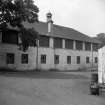
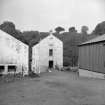
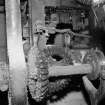
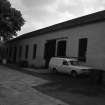
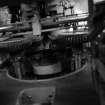

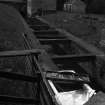
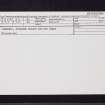
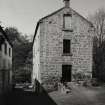
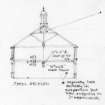
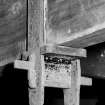
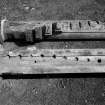
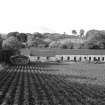
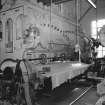
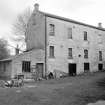
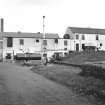
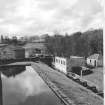
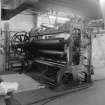
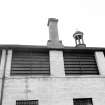


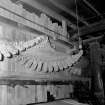

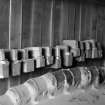
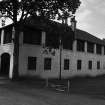
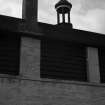
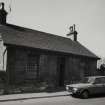
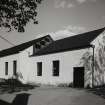
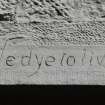
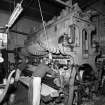
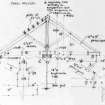
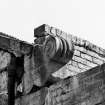
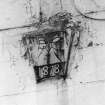
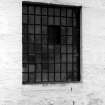
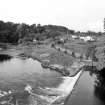
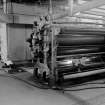
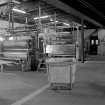
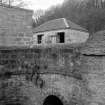
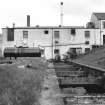
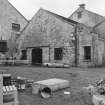
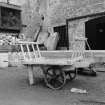
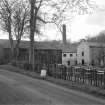
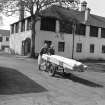
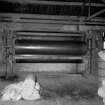
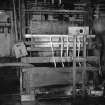
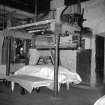
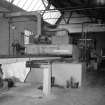
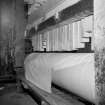

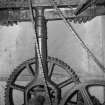
First 100 images shown. See the Collections panel (below) for a link to all digital images.
- Council South Lanarkshire
- Parish Dalserf
- Former Region Strathclyde
- Former District Hamilton
- Former County Lanarkshire
NS75SE 24 centred 75259 51017
(Location cited as NS 725 508). Avonbank Bleach Works, Millheugh. Founded as a print works c. 1796 and converted to a bleachworks, c. 1836. The main block is a 3-storey, 4-by-10-bay building, and there is a superb 2-storey, 9-bay beetling mill dating from 1839, with the original beetling stocks. A single-storey beetling shed was added in 1898.
J R Hume 1976.
Beetling machines.
G D Hay and G P Stell 1986.
This site has only been partially upgraded for SCRAN. For full details, please consult the Architecture Catalogues for Hamilton District.
February 1998
Delisted 2000
NMRS REFERENCE
VHS video available: currently (Oct 1989) held in the photographic department, Melville Street. Please ask for details.
(Undated) information in NMRS.
Publication Account (1986)
NS75SE 24 centred 75259 51017 (Location cited as NS 725 508)
Avonbank Bleach Works, Millheugh, Beetling Machines
Although comparatively late examples, these four beetling machines were among the few to survive in Scotland before being dismantled in 1981. They were part of the A vonbank Bleach & Dye Works, situated on the SW outskirts of Larkhall, and owned by D C Miller & Company. The firm imported cotton cloth off the loom from Lancashire and, after bleaching and dyeing it on the premises, specialised in the manufacture of cotton roller blinds with a unique finish widely known as 'Scotch Holland'. The latter had a distinctive patterned watermark and a hard dust-repellent sheen to its surface which was achieved by using the beetling machine. The preliminary process consisted of singeing the cloth to remove hair and fluff, washing, bleaching or dyeing it, followed by sizing and drying.
Basically, each machine consisted of twin rotating rollers (A) mounted on a cast-iron A-frame at each end (B), and above these were another pair of rollers (C) which provided the lifting action for the rams, or beetles (D), pounding the cloth. The lower, or cloth rollers operated independently so that each side of the machine processed a separate length of cloth. They rotated slowly and at the same time moved back and forth a short distance on their axis in order to ensure that the surface of the cloth was treated uniformly. The upper rollers, or wiper beams, were encircled by a broad spiral of large cogs, or lifters (E), which in the course of rotation raised the beetles consecutively by striking a wedge fixed through their shafts (F). Made of 3 1/2 in-square (89mm) beech, with rounded edges on their striking end, the row of thirty-six beetles on each side was lifted and allowed to fall individually during the working process; but when not in action the entire row could be suspended clear of the cylinder by means of a lifting bar (0) operated by an overhead chain and lever (H). Similarly, when the machine was at rest, individual beetles could be supported on a stowing bar (1) by means of projecting angle-hooks, or pins. The finished cloth was wound off between two free rollers (1) and folded into bales, mounted on a boarded platform running on rails (K) beneath the frame.
The four machines were linked to a common drive traversing one end, and a system of clutch-gearing allowed them to work independently. The cloth-rollers worked off spur-gearing, engaged by a lever (L), which was combined with a form of helical gearing for transmitting the oscillating action. They could also be connected manually to an auxiliary friction-drive by means of a screw-rod and lever (M and N). In addition, the speed of the wiper-beams, and hence the action of the beetles, could be accelerated by engaging them with a rapid-drive mechanism.
Information from ‘Monuments of Industry: An Illustrated Historical Record’, (1986).









































































































